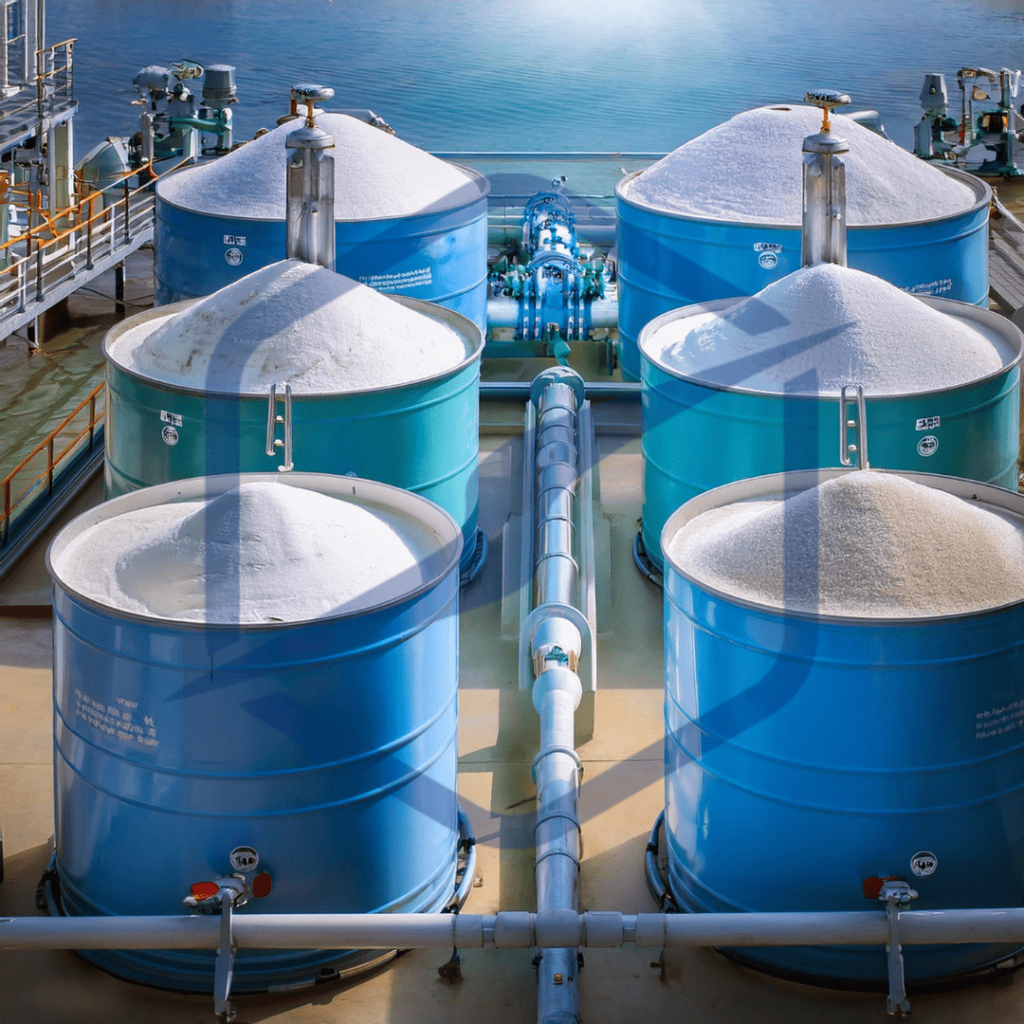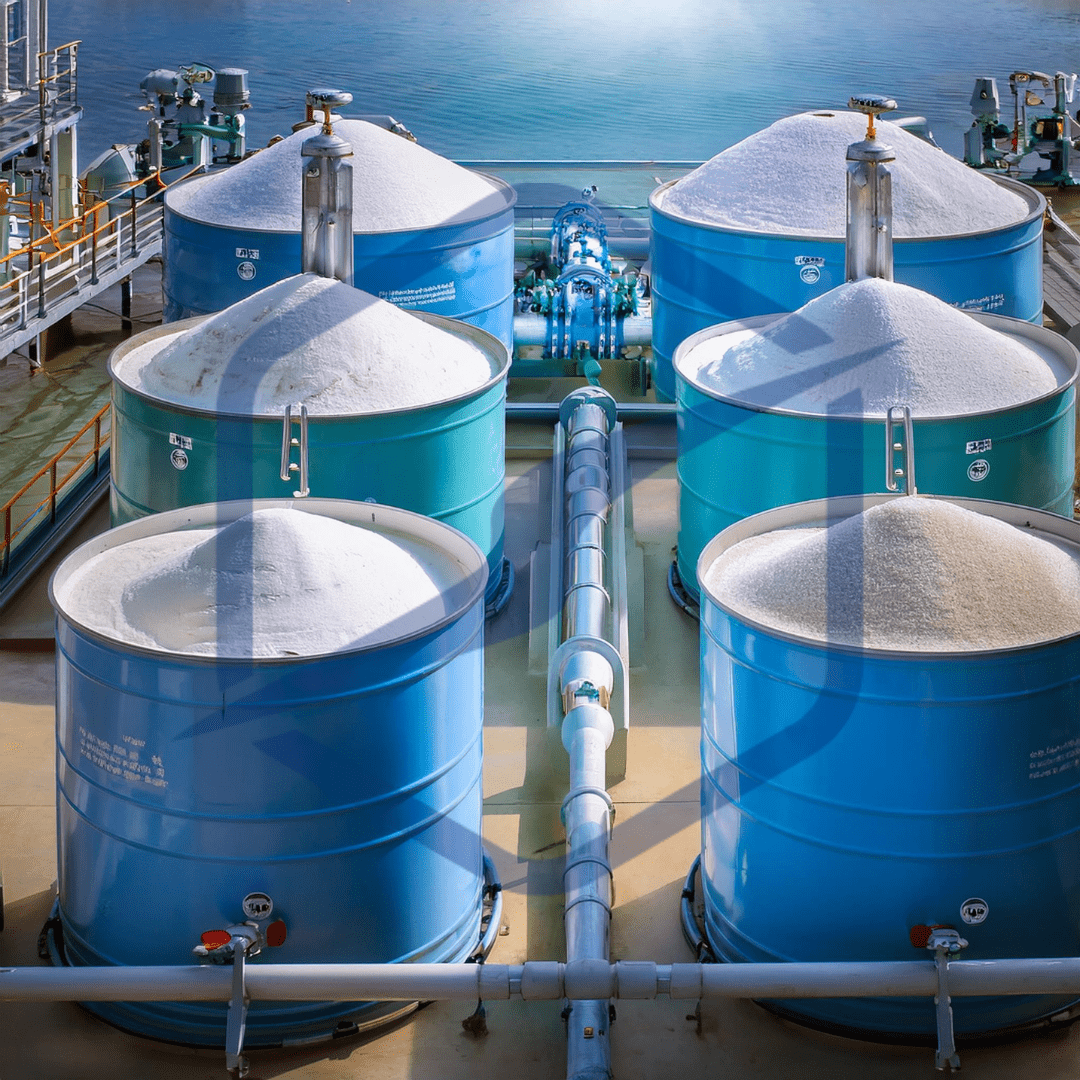
The Role of Recycled Plastics in Achieving Corporate Sustainability Goals
Introduction
Many companies are embracing corporate sustainability goals, and recycled plastics like Polypropylene (PP) and Polyethylene (PE) are helping them achieve these targets. This blog discusses the role of recycled plastics in supporting corporate sustainability initiatives.
How Recycled Plastics Support Sustainability
- Waste Reduction: By incorporating recycled PP and PE, companies can reduce plastic waste and support circular economy practices.
- Energy Conservation: Using recycled materials reduces energy consumption compared to virgin plastics, which aligns with corporate efforts to lower overall energy use.
Aligning with Global Sustainability Goals
- Reducing Carbon Emissions: Recycled plastics contribute to lower carbon footprints, helping companies align with international climate targets.
- Enhancing Corporate Reputation: Companies that prioritize recycled materials are often seen as leaders in sustainability, which can improve brand image and attract eco-conscious consumers.
Conclusion
Recycled PP and PE are essential for companies aiming to meet corporate sustainability goals. These materials help reduce waste, conserve energy, and enhance brand reputation, making them valuable assets for sustainable business practices.
Summary
Recycled PP and PE play a crucial role in corporate sustainability efforts by reducing waste, conserving energy, and lowering carbon emissions. By incorporating these materials, companies can advance their sustainability goals and improve their market position.
Did you enjoy this article? Check out more posts on our blog!
Want to Know More About Our Products/Company?
Question
Ask us for a free consultation!
Get in Touch
info@shafaqPolymer.com management@shafaqPolymer.com sales@shafaqPolymer.com
+971504290705
+971503201725
Discover Excellence with Shafaq Polymer
For more information about our company, please contact us via WhatsApp or email.” We are dedicated to serve you with ‘Quality & Integrity.’
For more information about our company, please contact us via
WhatsApp or email.” We are dedicated to serve you with ‘Quality & Integrity.’
Copyright ©️2024 Shafaq Polymer | All Rights Reserved.

